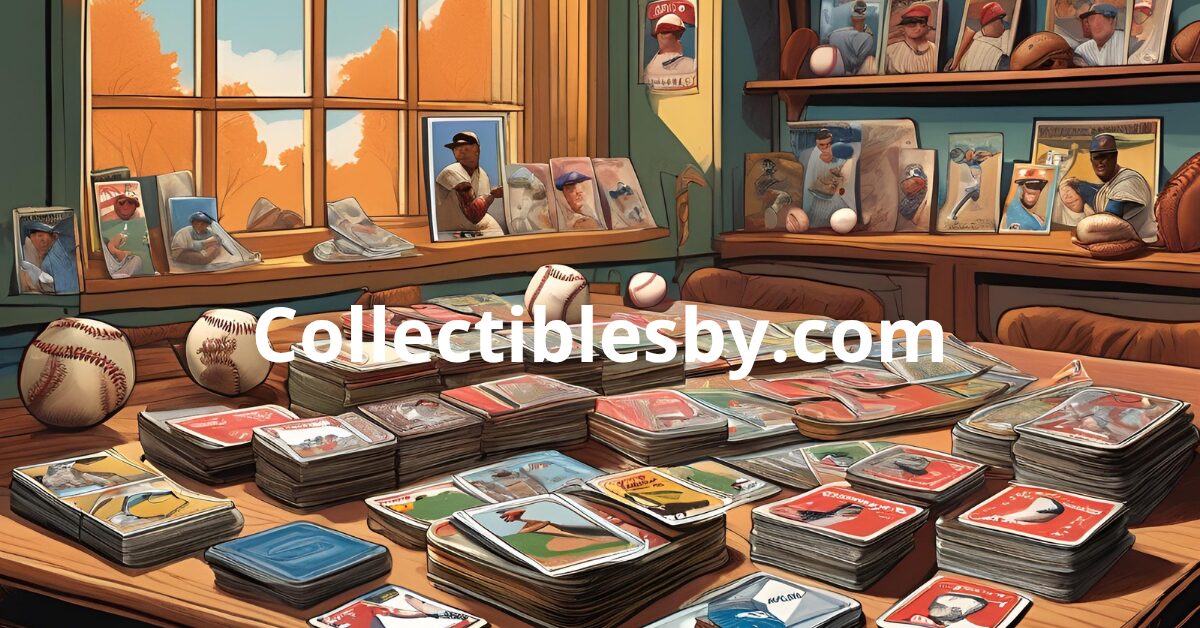A Picture is Worth a Thousand Runs: The Evolution of Baseball Cards
Baseball cards, those ubiquitous pieces of cardboard featuring our favorite players, have woven themselves into the fabric of American culture. They are more than just collectibles; they are a window into history, a reflection of societal trends, and a testament to the enduring power of the game itself. This article will delve into the fascinating history of baseball cards, tracing their evolution from humble beginnings to the multi-billion dollar industry they are today.
Early Innings: The Dawn of Baseball Cards
The earliest known baseball cards emerged in the mid-19th century, long before the sport achieved its modern-day popularity. These initial offerings were far removed from the glossy, high-tech cards we know today. They were primarily trade cards, small pieces of cardboard used by businesses to advertise their products.
- Peck & Snyder (1860s): One of the earliest examples of baseball-related cards comes from this New York sporting goods store. They produced trade cards featuring baseball teams, likely to promote their equipment sales. These cards were simple, often featuring a team photograph with minimal information.
- Carte de Visite (1860s): These small, cabinet-sized photographs were popular in the mid-19th century. While not exclusively baseball-related, they sometimes featured portraits of prominent players, offering a glimpse into the personalities of early baseball stars.
These early examples laid the groundwork for the future of baseball cards, showcasing the potential for combining player imagery with commercial interests.
The Tobacco Era: A Catalyst for Growth
The late 19th century witnessed a significant surge in baseball card production, largely driven by the tobacco industry. Cigarette and tobacco companies saw an opportunity to capitalize on the growing popularity of baseball by incorporating player images into their marketing strategies.
- Old Judge and Goodwin Champions (late 1880s): These were among the first widely circulated sets of baseball cards. Produced by tobacco companies, they were included in cigarette packs and featured prominent players of the era. These cards often showcased high-quality lithography and are highly prized by collectors today.
- The T206 Set (1909-1911): Considered by many to be the most iconic set in baseball card history, the T206 set was produced by the American Tobacco Company and featured over 520 players. The set’s immense popularity, coupled with the relatively short production run, has made many T206 cards incredibly valuable.
The tobacco era not only popularized baseball cards but also established key elements that would define the industry for decades to come:
- Player Portraits: The focus on individual players, rather than just teams, solidified the personal connection between fans and their heroes.
- Collectibility: The limited distribution and varying rarity of cards fostered a sense of competition and excitement among collectors.
- Marketing Power: The integration of baseball cards with consumer products demonstrated the potent marketing potential of these small pieces of cardboard.
The Gum Era and Beyond: A New Era of Innovation
The early 20th century saw the rise of chewing gum companies as major players in the baseball card market.
- Goudey Gum (1933): This set, featuring legends like Babe Ruth and Lou Gehrig, is considered by many to be the first “modern” set of baseball cards. It introduced higher-quality printing techniques and more vibrant colors, elevating the aesthetic appeal of the cards.
- Leaf Brands (1948): Leaf entered the market with its own set of cards, further intensifying competition and driving innovation in card design.
The post-World War II era witnessed a significant shift in the baseball card landscape.
- Topps Chewing Gum (1951): Topps emerged as a dominant force in the industry, producing high-quality cards that became synonymous with the American pastime. Their 1952 set, featuring rookie cards of iconic players like Mickey Mantle and Jackie Robinson, is legendary among collectors.
- The Rise of Modern Collectibles: The latter half of the 20th century saw a surge in the popularity of baseball cards as collectibles. Advances in printing technology, the emergence of card grading services, and the growth of the internet fueled a burgeoning market for rare and valuable cards.
The Modern Era: Innovation and Evolution
Today, the baseball card industry continues to evolve, embracing new technologies and catering to the ever-changing demands of collectors.
- High-Tech Innovations: Autographed cards, relic cards (containing pieces of game-used memorabilia), and numbered cards have become increasingly popular, adding layers of exclusivity and value.
- Digital Age: The rise of digital platforms has revolutionized the way cards are bought, sold, and traded. Online marketplaces and digital card platforms have opened up new avenues for collectors and investors.
- Global Reach: The popularity of baseball cards has transcended national borders, with collectors and investors worldwide participating in the market.
The Cultural Impact of Baseball Cards
Beyond their collectible value, baseball cards have had a profound impact on American culture:
- Connecting Generations: They have served as a bridge between generations, allowing parents and grandparents to share their passion for the game with their children and grandchildren.
- Historical Artifacts: Baseball cards offer a unique glimpse into the history of the game, preserving the images and stories of legendary players.
- Social and Cultural Reflections: The design and content of baseball cards reflect the social and cultural trends of their time, providing valuable insights into American society.
The Future of Baseball Cards
As the game of baseball continues to evolve, so too will the world of baseball cards. While the allure of traditional cards will undoubtedly endure, the future may hold exciting innovations such as augmented reality, virtual reality, and blockchain technology.
Conclusion
From humble beginnings as simple trade cards to the high-tech collectibles of today, baseball cards have come a long way. They have captivated collectors, fueled a thriving industry, and left an indelible mark on American culture. As long as the love for the game endures, so too will the fascination with these miniature pieces of baseball history.

